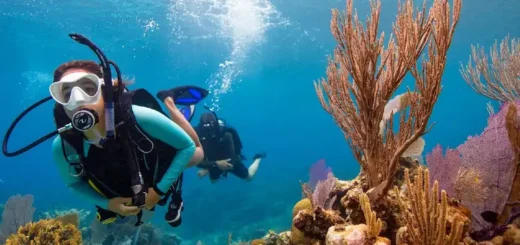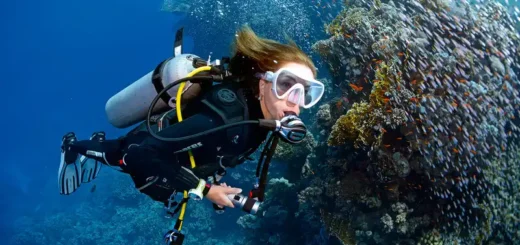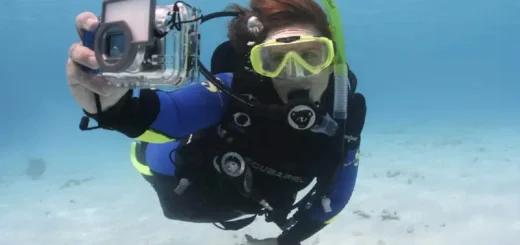The History of Wreck Diving in the Marlborough Sounds
The History of Wreck Diving in the Marlborough Sounds
The Marlborough Sounds are an archipelago in New Zealand made up of a series of sea-drowned valleys. They extend for some 44 km (27 mi) from north to south and are 20 km (12 mi) wide at their widest point. The total area of the Sounds is 1,500 km2 (580 sq mi).
The Marlborough Sounds were created by a combination of tectonic uplift and sea level changes. The original valleys were carved out by rivers which flowed into a large shallow basin. As the basin filled with sediment, it was slowly inundated by the sea.
The first recorded European shipwreck in the Marlborough Sounds was the Sealark, which ran aground in 1795. Since then, there have been over 600 shipwrecks in the Sounds.
Most of the shipwrecks in the Marlborough Sounds are from the 19th and 20th centuries. They include ships that were wrecked while transporting cargo, such as timber and coal, as well as passenger ships.
Many of the shipwrecks in the Marlborough Sounds are well-preserved and provide an interesting insight into New Zealand’s maritime history. Wreck diving is a popular activity in the Sounds and there are a number of dive sites to choose from.
The most popular dive site in the Marlborough Sounds is the SS Wairarapa, which sank in 1894 after hitting a reef. The wreck is located in Big Glory Bay and is accessible to divers of all levels.
The SS Wairarapa is just one of the many shipwrecks that can be found in the Marlborough Sounds. If you’re interested in exploring New Zealand’s maritime history, then wreck diving in the Marlborough Sounds is a must-do activity.







